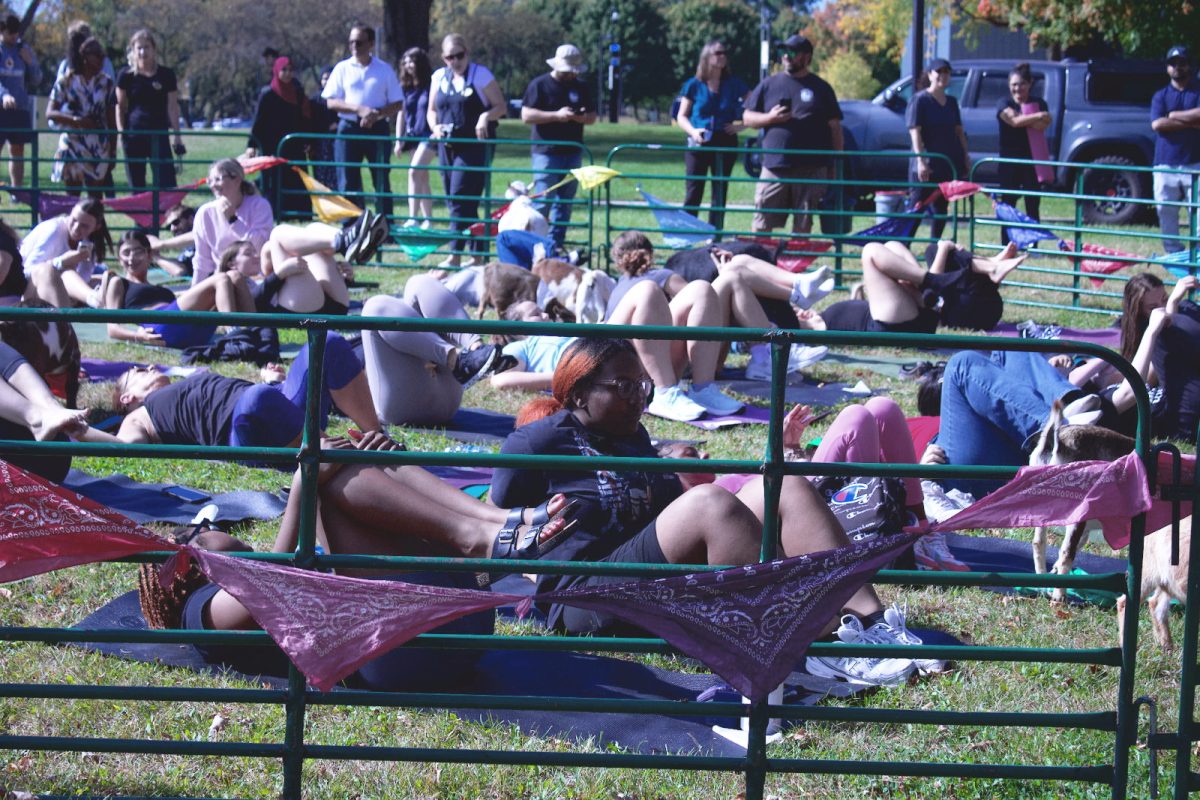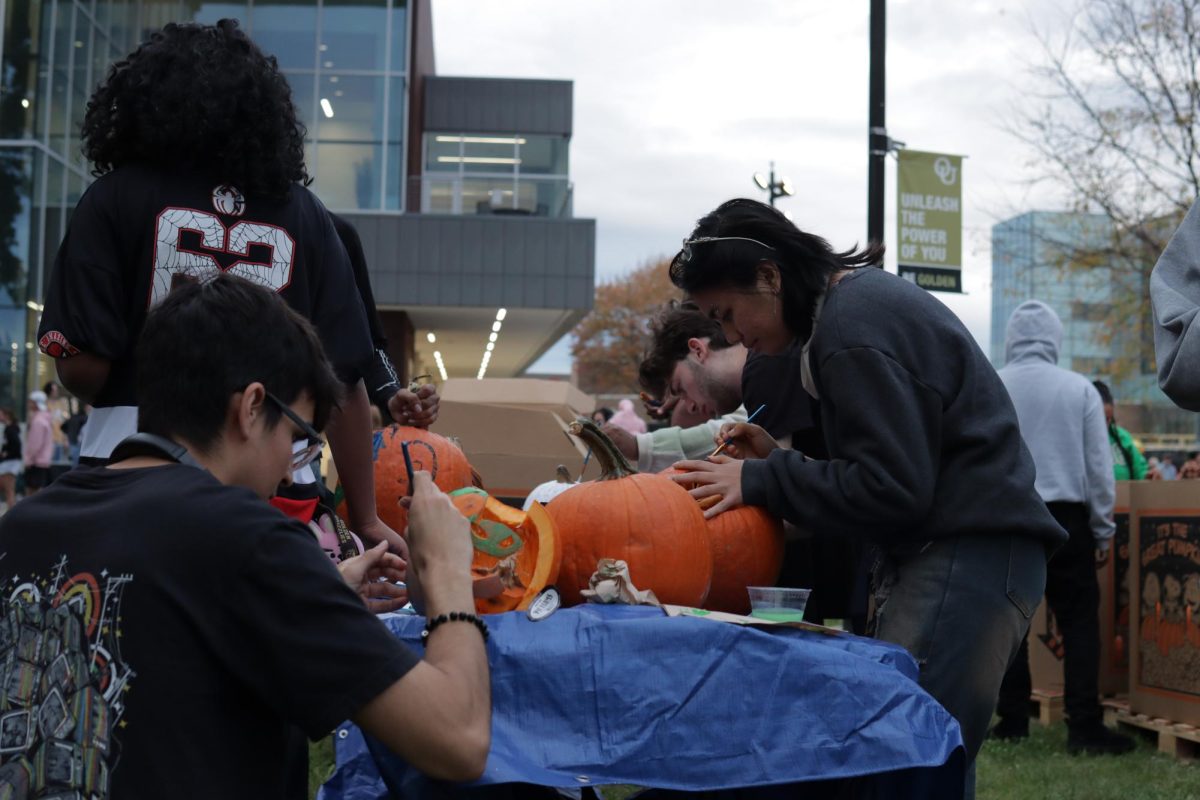Oakland University’s Emergency Communications Team (ECT) conducted a partially functional exercise to refine the procedures and coordination behind emitting emergency alerts to the OU community.
“It is not a fully functional exercise, and by that, I mean that we do not actually hit send, publish or post on any of the communications we’re doing,” David Groves, director of Campus Communications, said. “It is a way to practice what we are supposed to be doing better, faster and more efficiently.”
On Aug. 8, Anibal House became the ECT’s headquarters to handle a fictional emergency. The University Communications and Marketing Office (UCM), Oakland University Police Department (OUPD), the Athletics Department and Oakland Post reporters were transported to an imaginary basketball game interrupted by an increasingly unruly protest inside and outside the O’rena.
All groups had to coordinate safety measures, accurate information and problem-solving skills to send cautionary alerts through the OU Alert Notification System to keep the campus community safe and informed.
“We want information fast and we want it accurate,” Groves said. “We can’t put confusing language that becomes problematic for the reader. The faster we can get that information out, the more likely we are going to be able to help people help themselves.”
The fabrication of fake social media posts, role-players’ interpretations and prearranged mishaps challenged the team’s crisis response and ability to select reliable information to publish.
“Throughout this scenario, I am getting calls from the lieutenant, the chief and they’re telling me what’s going on,” Groves said. “We’re also watching social media, getting information wherever we can, but we’re only using official information that is approved for release by the police department.”
Before an emergency alert is emitted, it passes through several filters to craft an accurate message. The basic plan originates with OUPD reporting information to a Chief Operating Officer. The latter will apprise the OU President of the situation to decide if the Executive Policy Group (EPG) should be called. The information is then relayed to the ECT. Once the emergency alert is drafted in a text, it is approved by OUPD and published.
“That [process] is very time-consuming,” OUPD Chief, Mark Gordon, said. “When we do it that way, the event itself tends to outrun us. It moves faster than our ability to keep up with communication. So that’s what I think we need to address.”
When the 50-minute exercise concluded, all participants convened at the conference room for a “hot wash” — a feedback session to answer questions, perfect ideas and exchange thoughts.
After the hot wash, Gordon gave a presentation on “unified command,” a strategy to increase efficiency and reduce redundancy in the publishing process of an emergency alert.
“[Unified command] starts at the command post, usually one vehicle parked in a parking lot where you begin to try to coordinate your resources,” Gordon said. “All responding agencies send a representative to the command post to help with decision-making, processing and coordination.”
Groves finished the practice by highlighting the importance of preparation drills for the ECT.
“When you look at what we’re doing, the number one job is safety and security,” Groves said. “We are here to protect the health and safety of the people on this campus with fast and accurate information. Today’s exercise was excellent in terms of that.”









